
- Date
- 04 NOVEMBER 2022
- Author
- GLORIA MARIA CAPPELLETTI
- Image by
- DALL-E 2
- Categories
- Aesthetics
NFTs for Charities and Non-Profits
As the world moves into the new, digital age, powered by the Blockchain, it is evident how NFTs are helping to redefine the art of fundraising. Artists and entrepreneurs are looking at NFTs to address real-world problems in the fields of arts, culture, and charity. NFTs are the hot new charitable platform that has found a lot of applications for fundraising with cryptocurrencies.
Given the money surrounding NFTs and the world of digital arts, non-profits, charities, and non-profit fundraisers can use this new technology for good. The worlds of marketing and advertising have been consumed by conversations around NFTs and how businesses can take advantage of the brave new worlds of art, commerce, and blockchain. NFTs could be an excellent way of making money via auctions, allowing organizations to raise funds in a transparent manner, all the while engaging new audiences and building brand recognition. By listing your NFTs for sale in the most popular NFT markets, you will widen your reach and acquire a larger base of consumers.
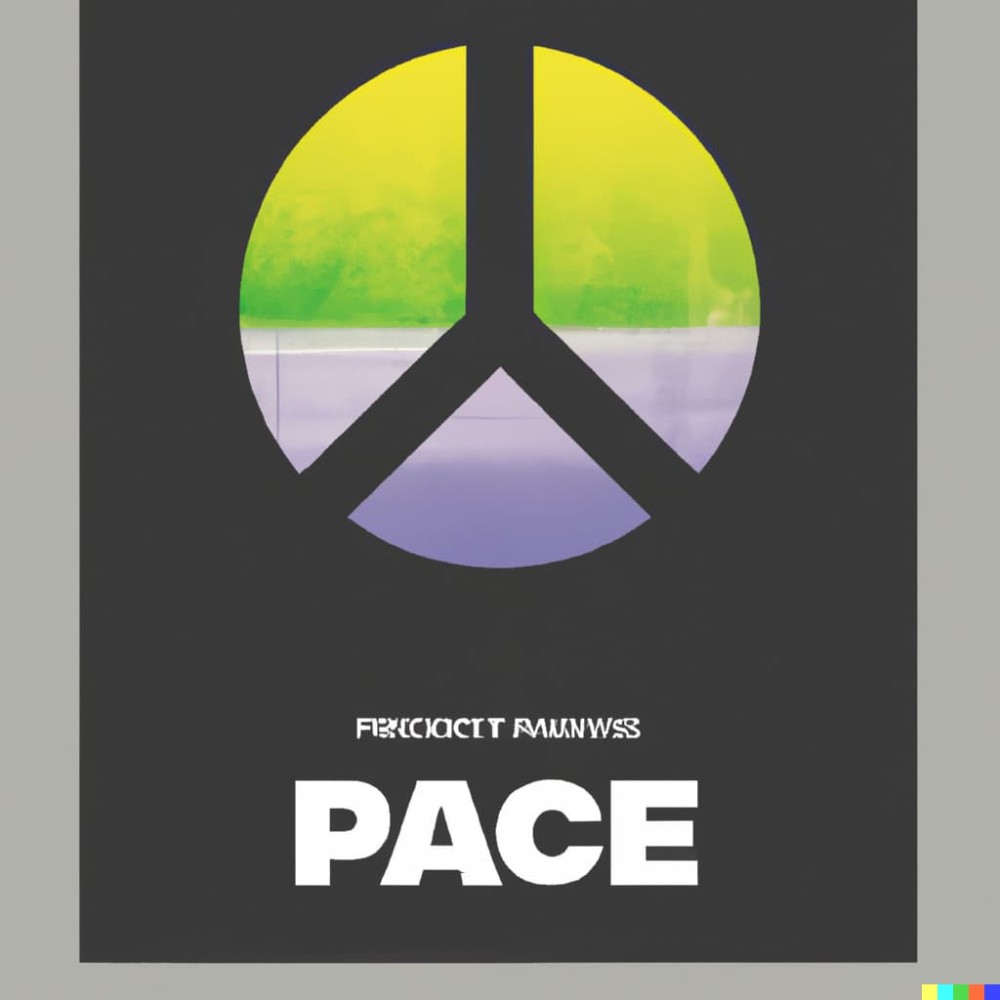
If the idea of receiving cryptocurrency donations through your NFT sales makes you a little too nervous, there are some NFT marketplaces that accept credit cards as well. Now, you will have to setup a cryptocurrency wallet, which you can use to connect with the NFT marketplace. Since NFTs are denominated in cryptocurrency, you will have to purchase Ether (or another digital currency) in order to facilitate your investments. NFTs (non-fungible tokens) can be purchased using cryptocurrencies such as Bitcoin, Ether, Solana, Polkadot, etc.
NFT has proven a game-changer for charities and fundraisers, by allowing organizations to raise money transparently. Because all cryptocurrency transactions are recorded in a blockchain, any donations made with an NFT (non-fungible token) or cryptocurrency are guaranteed to be quick, transparent, and safe. Through an NFT, organizations are able to provide their donors with unique utility well after that initial donation. Someone purchases an NFT from your nonprofit - or from a partner NFT artist you work with - and your org gets the donation.

If the NFT creator wants to donate the proceeds of the auction to your charity, he or she can use his or her normal preferred platform to sell the item. For example, imagine an art auction supported by NFTs, raising funds for a worthy cause. Imagine a world in which each purchased NFT could later be resold, acting as an additional fundraising layer. Nonprofits can auction an NFT, representing an artwork or a collectible.
This is probably the clearest use case of how non-profits could leverage the NFT world. In the case of fundraising focused on PFPs, the charities NFTs may also encourage individuals within a donors network to get involved and give back to a cause. While using NFTs and cryptocurrency donations for breast cancer is an innovation, the initiatives are still just useful ways of drawing attention to specific causes. Minting new NFTs could act as a complementary flow for the usual, older fundraisers.
If the non-profit is able to build or optimize popular brand names, collecting NFTs will be an excellent way to increase your organizations visibility, get cash raised with no strings attached, and enable donors to benefit from the second-hand trade. Because the market for NFTs is still so new, and valuations swing so widely, pricing of NFT assets would be a very nuanced part of a charities auction process. Donors and charities need to consider which payment methods are available, as well as who their target audiences will be, when they are researching different platforms, in order to decide who they would like to work with in order to hold the NFT auction.
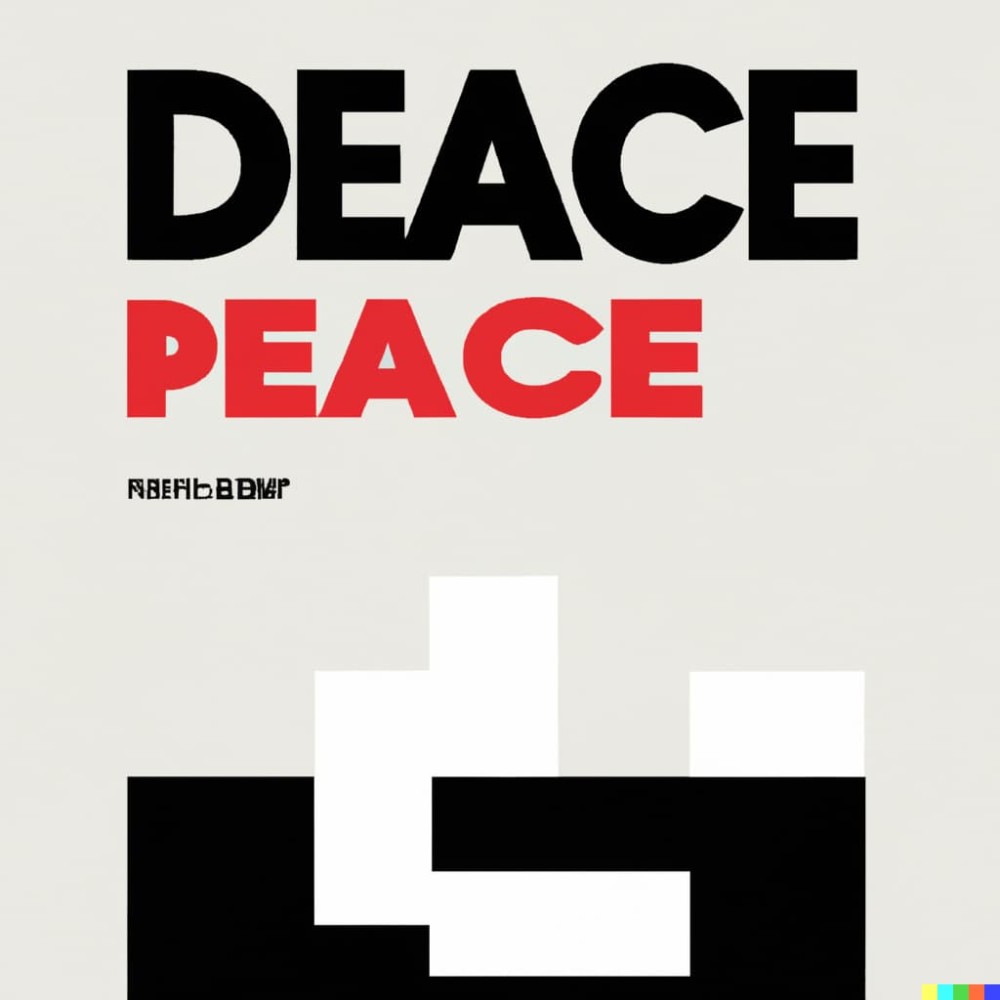
In other words, charities looking to receive digital payments, sell digital goods, or transfer digital assets using NFTs or cryptocurrencies need to consider international transfers risks. Proceeds from every sale are donated to participating charities on the platform. For instance, 25% of the sale of an NFT would be donated to The Institute of State of Women, a non-profit.
Some companies join forces to start their own collection of NFTs, with proceeds from a non-fungible wallet going towards charity. Its proprietary NFT collection is comprised of a set of non-fungible tokens (NFTs) -- virtual assets on a blockchain that can be collected, traded, and traded. Non-fungible tokens (NFTs) leverage new Blockchain technologies.
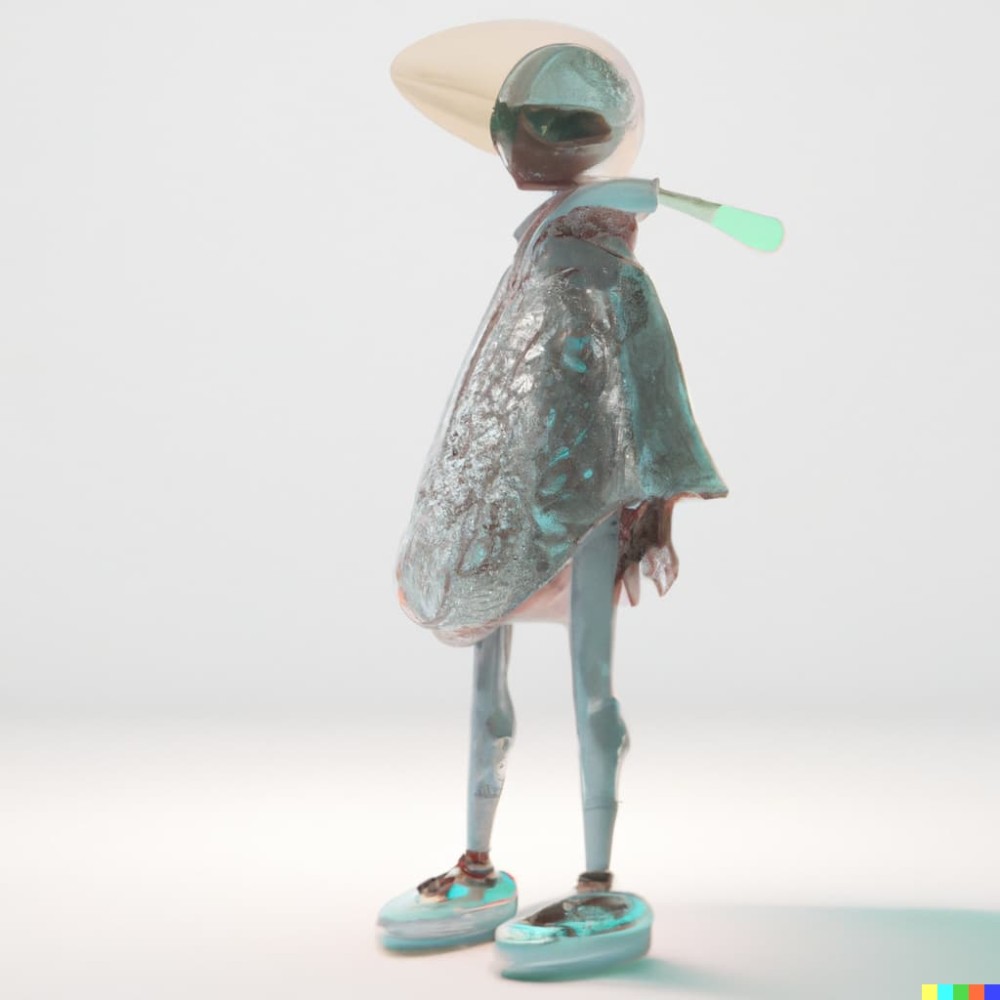
An NFT (also known as a tokenized artwork) represents the digital proof of ownership of an asset, and is a unique, uncopyable, original in the blockchain. An NFT may be either unique or one copy out of many, but the blockchain keeps a record of who owns a piece.
NFTs allow charities, celebrities, and private individuals to create digital tokens and auction them off, with any proceeds going to a charity of their choosing. Reward tokens can be held in users digital wallets, or spent on artwork with an NFT. When someone purchases one of these exclusive NFTs, he/she is usually buying his/her entry into a community just like buying an art piece.
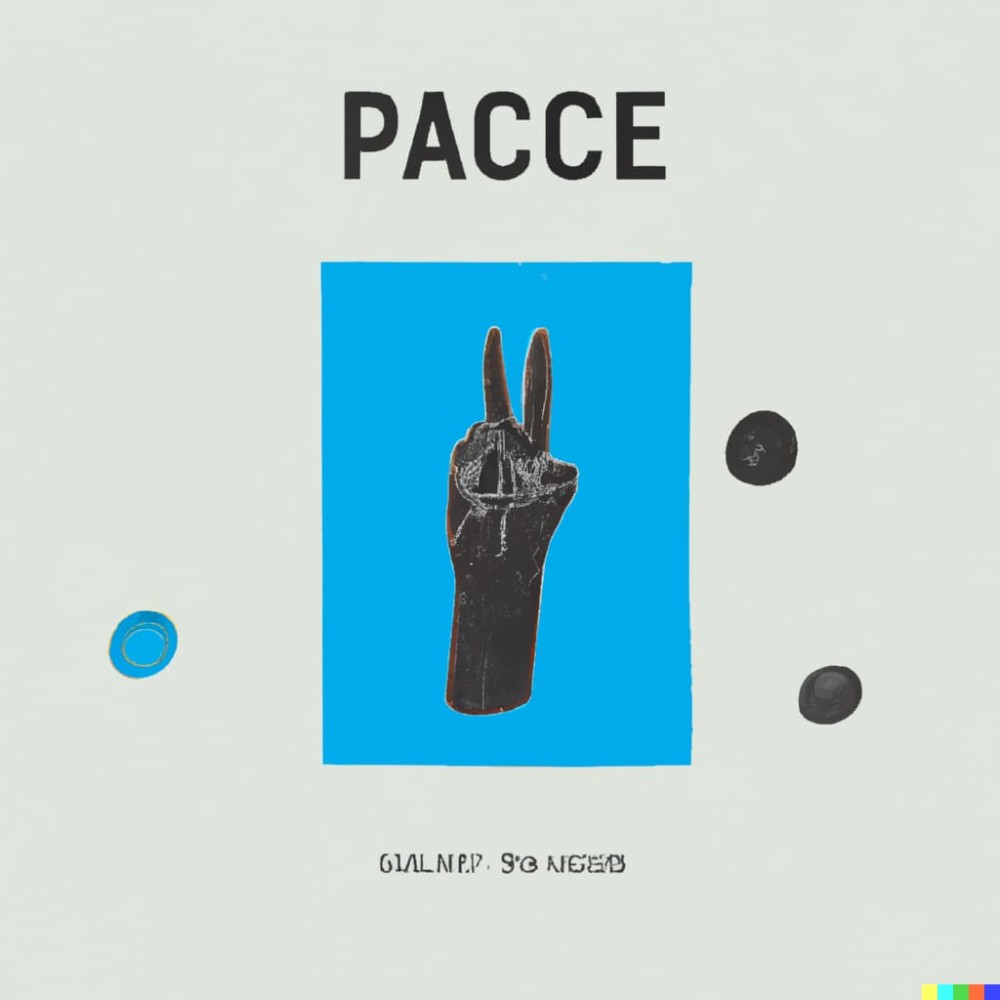
Graph Blockchain, a company that deals in decentralized finance and alternative currencies, has entered into an equity swap deal to acquire Niftable Inc., a charity-focused NFT firm. The acquisition is a fantastic partnership, with Graph Blockchain providing experience and resources, while Niftable Inc. provides the growth strategy, with their charity-centric approach and growing NFT world.
Michael Harr, managing director at Pro Senectute beider Basel, said that proceeds from their NFT collections would be used for projects to empower older adults in understanding and using digital applications. The William S. Paley Foundation announced that it will raise about $70 million through an auction for an expansion of the New York Museum of Modern Arts (MoMA) digital presence, possibly by purchasing the museums first collection of NFTs.
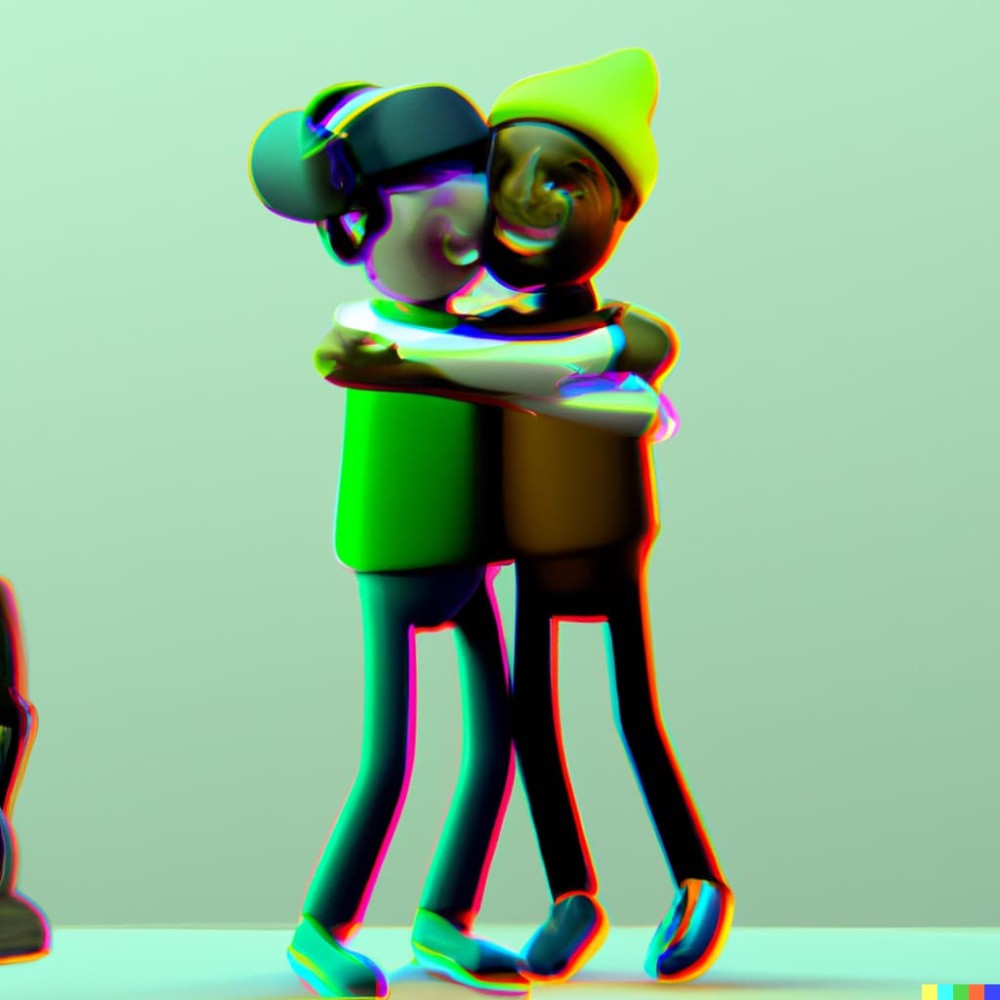
AI-Generated text edited by Gloria Maria Cappelletti, editor in chief, RED-EYE
All images generated with DALL-E 2
